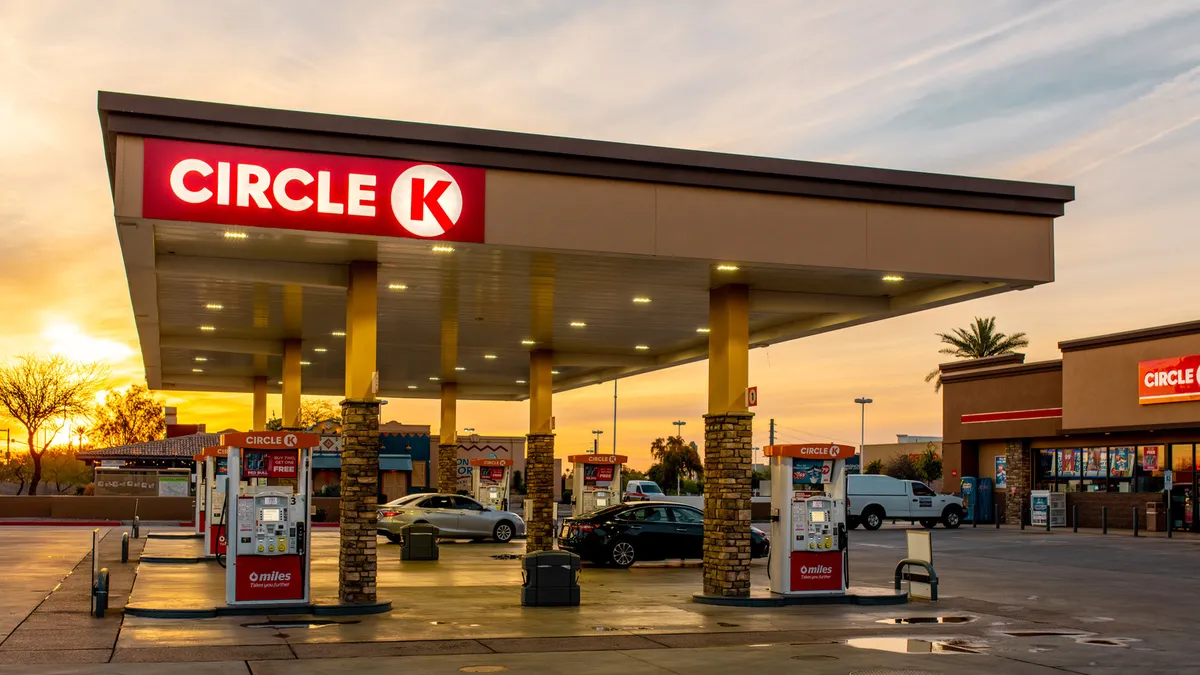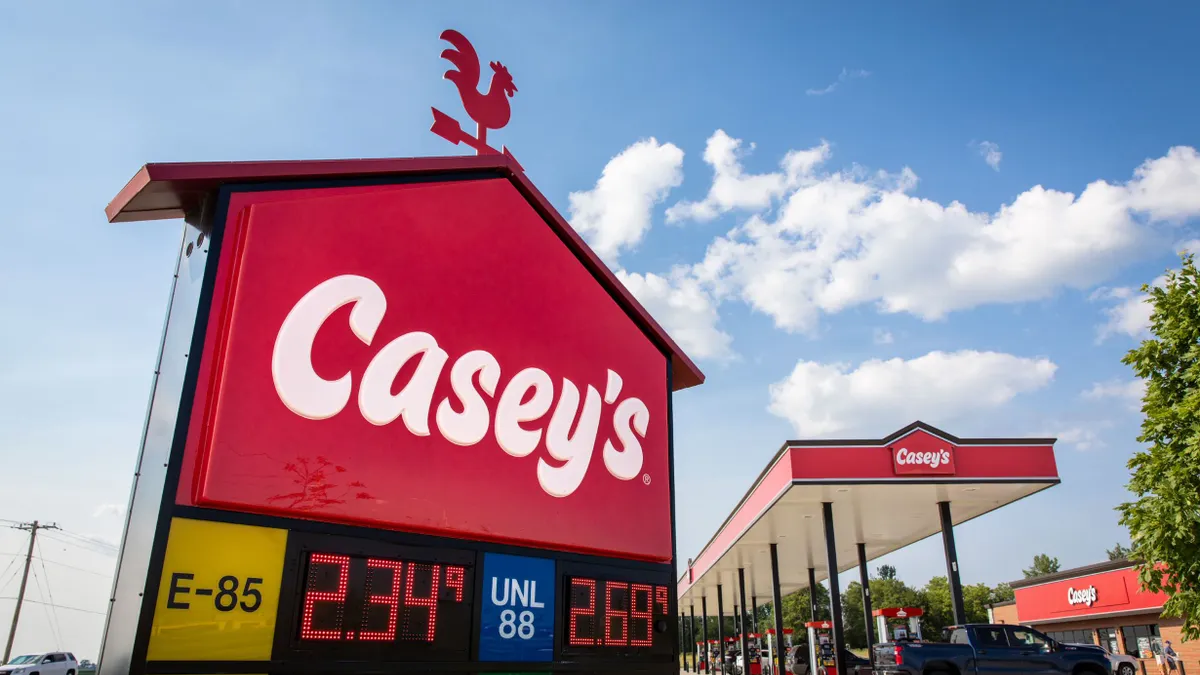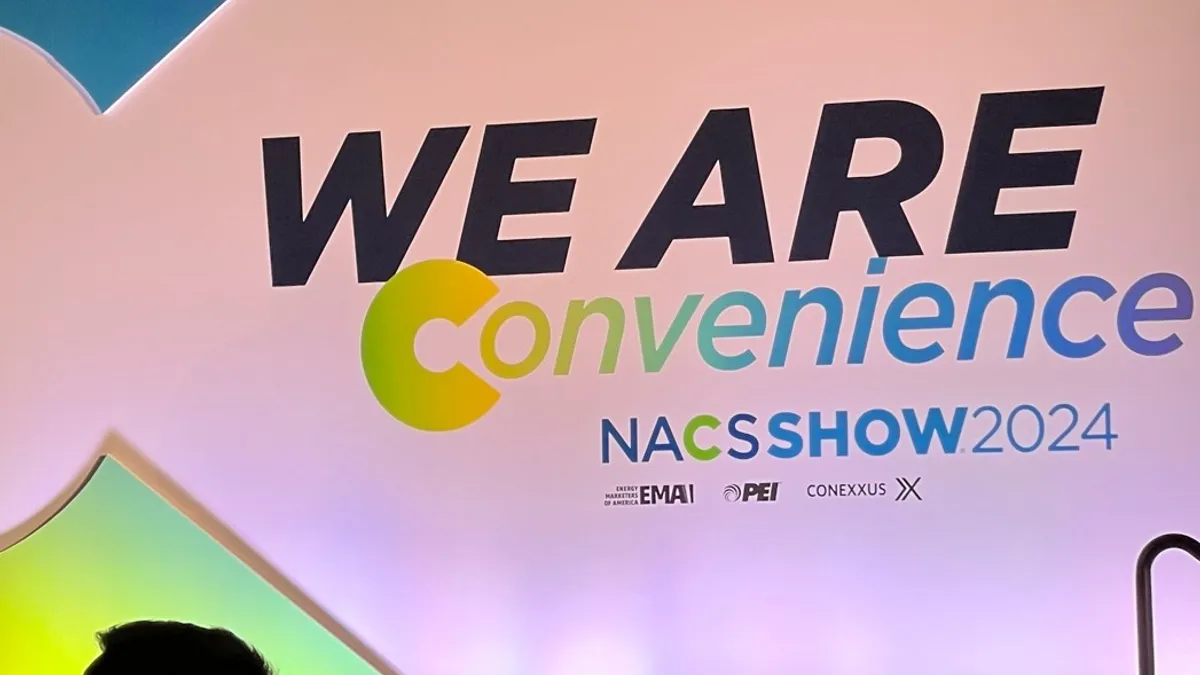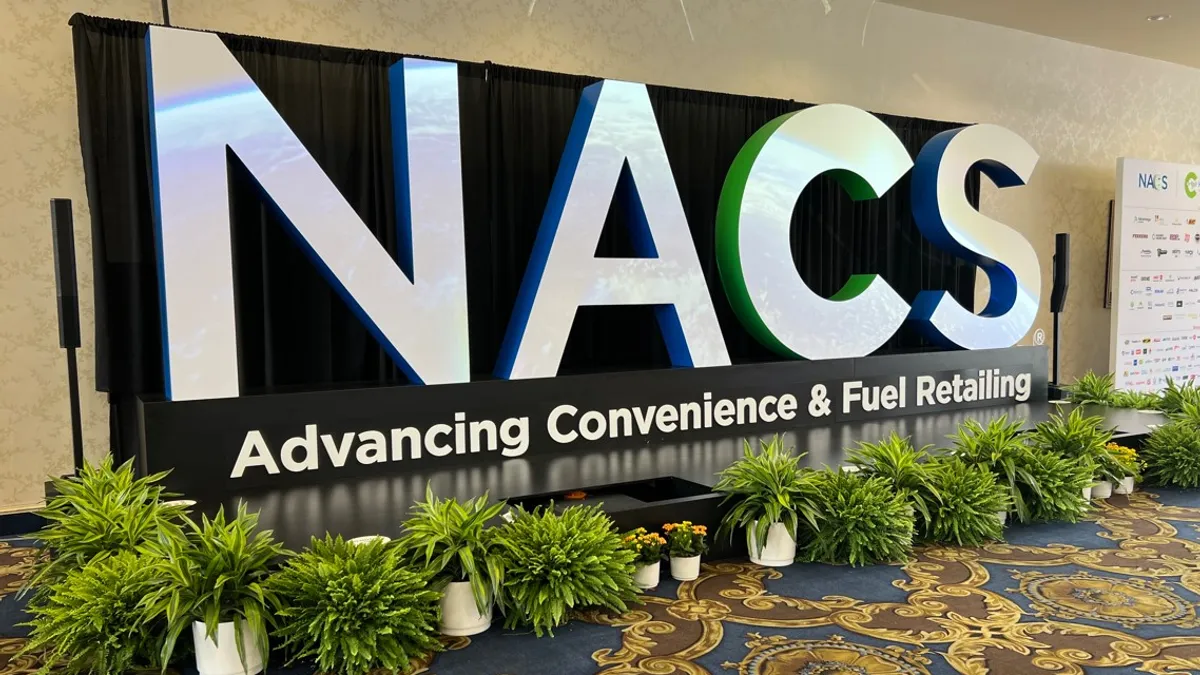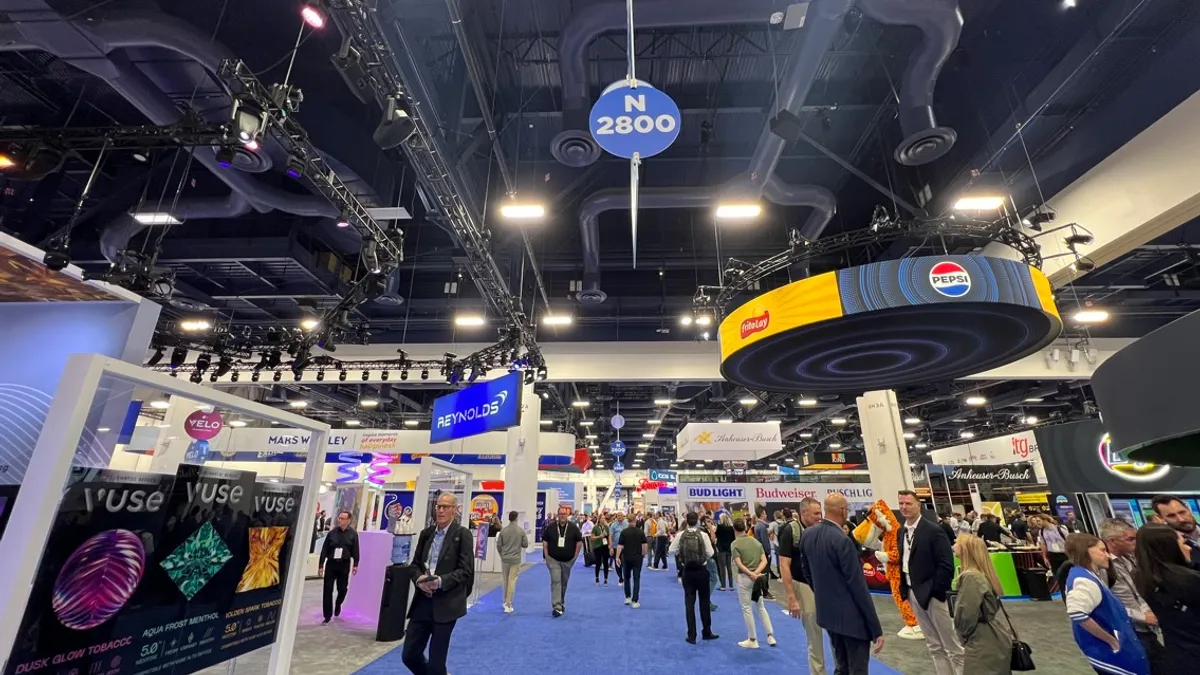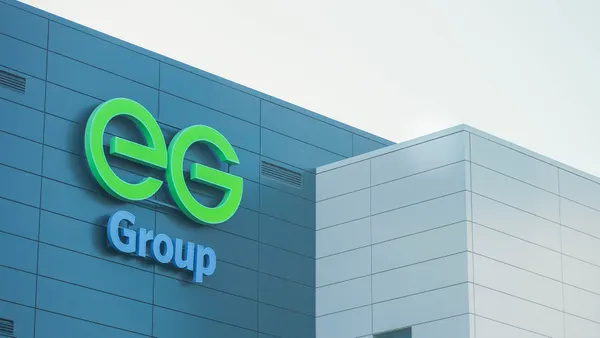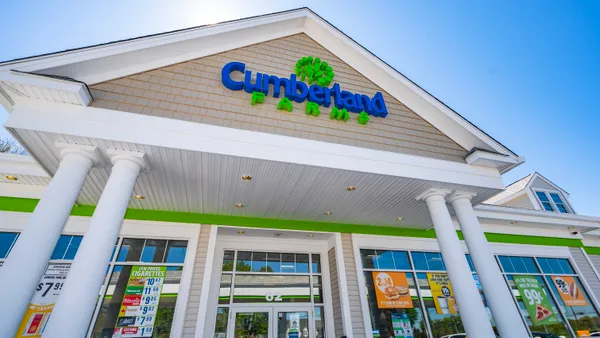Fueling Up is a column from C-Store Dive offering a fresh perspective on the top news and trends in the convenience store industry.
This week, convenience retailers from around the globe come together to share industry knowledge and best practices; network with food, tech and merchandise suppliers; and consume an unhealthy amount of jerky.
That’s right. The annual NACS Show is back, and I’ll be at the Las Vegas Convention Center today through Wednesday to cover the highlights.
In a year that’s seen the c-store industry grow tremendously in areas like AI and mobile capabilities — but continually struggle with labor and supply chain — I’m expecting this year’s show to feature insightful conversations revealing both optimism and anxiety about the future of the industry.
Here’s what I’ll be asking, watching and hoping to learn as I make my way through NACS.
How will the industry’s approach to labor evolve?
Whenever I catch up with a convenience retailer, I ask what their biggest challenges currently are. Whether these folks represent a company with thousands employees across hundreds of locations or have 10 employees at two stores, their answer usually includes labor — specifically, hiring and retention.
It’s been this way for years. Employees feel burnt out in a post-pandemic job market and are generally dissatisfied with working in a c-store, according to a NACS report from earlier this year. Despite the c-store industry’s best attempts to curb these woes via flexible scheduling, pay raises, defined career development paths, attentive managerial training and other methods, labor remains the industry’s tallest hurdle to clear.
What’s becoming clear to me is that labor isn’t a solvable issue — it’s not a math problem. But it can be improved.
So what else can retailers do — besides generic pay raises and training programs — to improve their labor struggles? This is my biggest question heading into the NACS Show this year. Something tells me that hundreds of other retailers, big and small, feel the same.
How else are retailers reducing costs?
Inflation is finally cooling off, and last month’s rate was the lowest the U.S. has seen since February 2021. Still, many consumers' wallets remain tight, meaning they’re spending less on fuel and c-store merchandise, forcing retailers to cut operating expenses as much as they can.
We’ve seen retailers reduce spending in several ways, from low-cost merchandising strategies and private label product lines to labor-saving technology and, unfortunately, staff cuts.
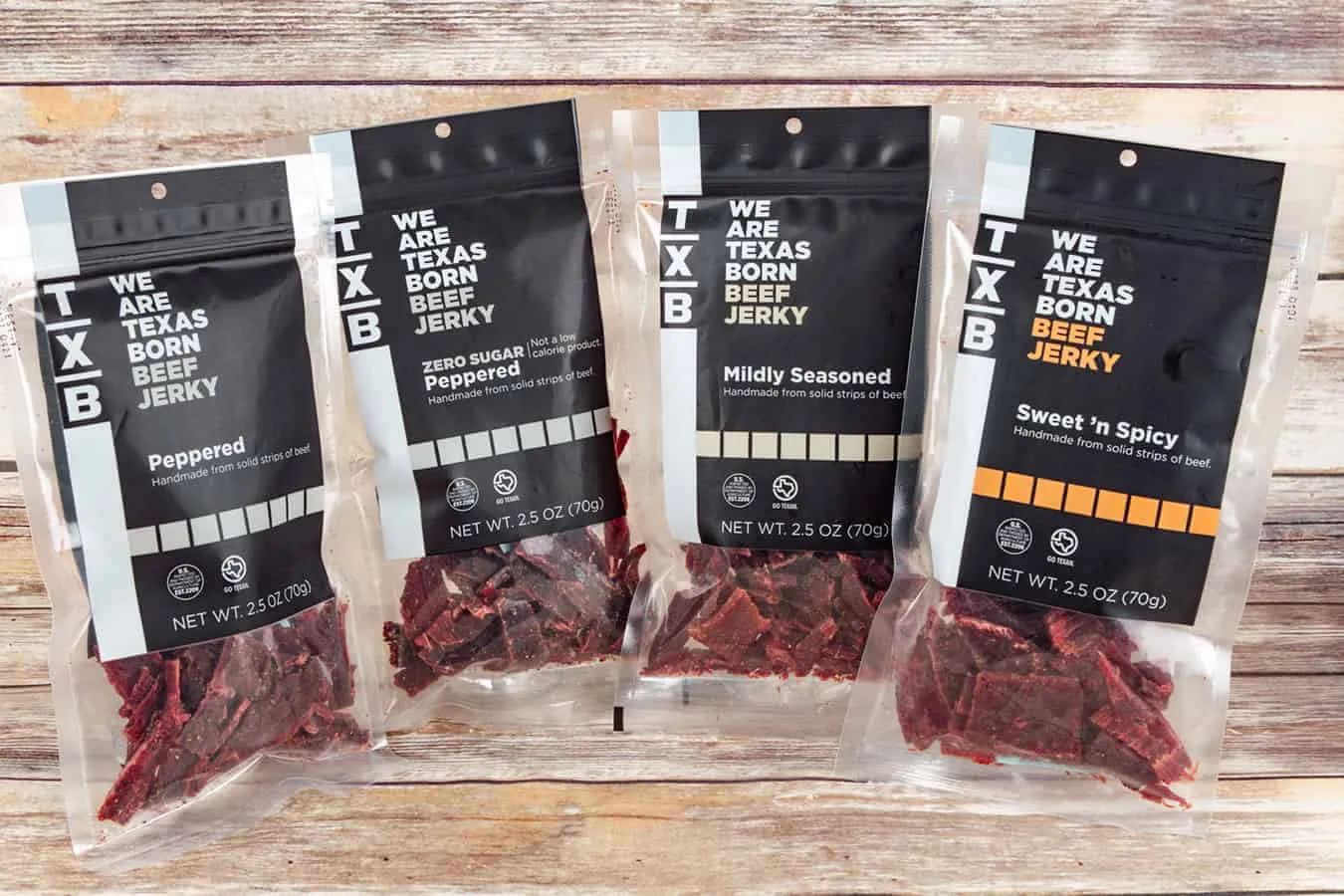
Finding that sweet spot in spending is key. It’s all about finding balance by building a budget that can control costs but still create a solid customer experience.
Like labor, costs always seem to plague the industry regardless of how the economy is doing. I’m curious to learn what else retailers are doing to find that middle ground.
What’s the next step in c-store foodservice?
The convenience store industry has considered itself a competitor of fast-food restaurants for years. This year, we’ve seen retailers increasingly tap into delivery and online ordering, develop low-price bundle meals and expand their range of items — such as smash burgers and burrito bowls — to narrow the gap with restaurants.
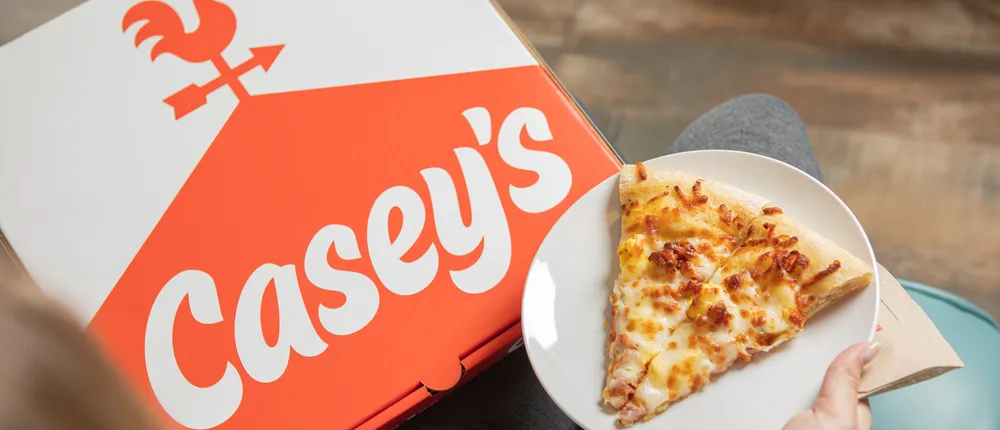
But foodservice trends are constantly evolving. To keep up with QSRs, retailers will need to capitalize on those developments, whether it’s adding international cuisine, sweet potato fries or wait staff for in-store diners.
Getting a glimpse of these new foods trends will be one of my priorities as I browse the NACS expo and talk with retailers and foodservice suppliers.
As big names make headlines, how are smaller retailers feeling?
Mergers and acquisitions continue to be a top priority for growing convenience retailers. The industry’s biggest players continue to target small and medium-sized retailers who may be struggling amid economic headwinds.
This year, the results have been staggering, as 7-Eleven, Alimentation Couche-Tard and Casey’s General Stores — the three largest c-store chains in the U.S. by store count — are devouring the competition. Each chain has acquired hundreds of convenience stores across several markets in the past few months alone.
All signs point to this surge continuing. While at the show, I’ll be gauging the temperatures of operators who represent small and mid-size retailers on the futures of their businesses. I’m curious to know if challenges like high operating costs, a dwindling labor market and tight supply chains are making them question their presence in the industry — and if an exit might be on the horizon.
What do attendees think about the elephant in the room?
Speaking of M&A, I fully expect the most shocking c-store industry announcement in recent memory to be a conversation starter between attendees throughout the show. Although 7-Eleven recently rejected Couche-Tard’s $39 billion buyout bid, talks could be continuing behind the scenes.
How can this not be a major talking point at NACS? That’d be like saying no one at a sportswear expo would talk about Adidas trying to acquire Nike if that were to happen.
Although its odds of happening are currently slim, the impact this deal would have on the global c-store industry could be gargantuan. My ears will be open to what convenience retailers of all sizes think about Couche-Tard’s big move and its potential ramifications on the industry as we know it.
How long will I wait in line for Krispy Krunchy Chicken?
The absurdly long line at KKC is a guarantee at every NACS Show. I’ve never timed myself on how long it takes from getting in line to receiving my order, but I’ll give it a crack this year. My guess is 18 minutes.






